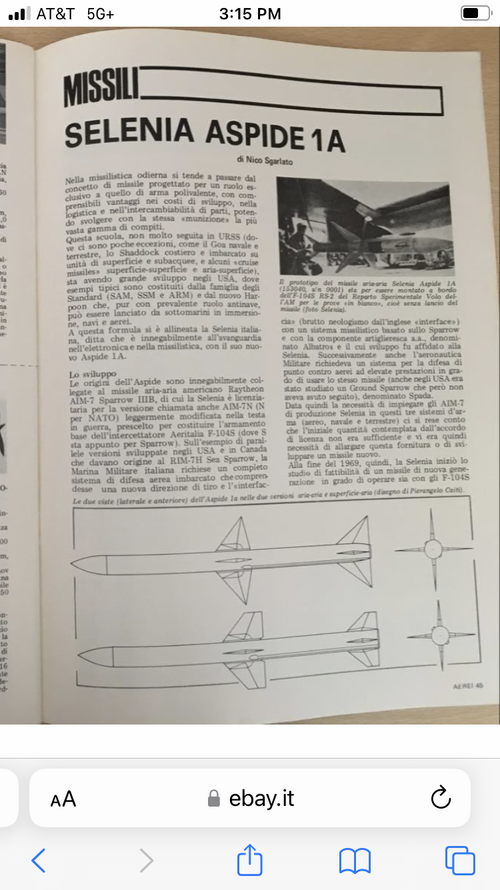Larcrivereagle
ACCESS: Restricted
- Joined
- 4 February 2023
- Messages
- 11
- Reaction score
- 16
I think this gives us an idea of what happened to it. I found a mention of it in this report about the systems going into the proposed F4H-1 and F8U-3The Firebee is seen flying with wingtip IR augmentation Pods what looks weird for a radar test shot.
It might also have been used to help with optical target tracking by kinetheodolites on the test range.
Did any of the early Sparrow development work ever dabble in IR?
See the first attached file in this post about the Diamondback missile. It mentions a Sparrow III-IR missile as a possible loadout for the F3H-2 in 1957.
https://apps.dtic.mil/sti/citations/tr/AD0367910
A change in the operational concept is required if value is to be derived from the proposed weapon system flexibility to be achieved through the use of IR Sparrow III missiles or other mixed load capabilities when targets of interest approach those spelled out in the operational requirements. The preliminary study shows that for high speed targets VT/VF - 1, the rear hemisphere area (high probability area for: IR seeker) Is not attainable because of the inability of the interceptor system to attain a proper launch position. For cases where VT/VF - 0.8 or less marginal capability exists for the IR technique. Thus, reappraisal of the tactical use concept for IR capability is indicated.
Followed by
21. Analysis of system performance resulting from use of the Sparrow III IR seeker will begin as soon as sufficient data is supplied by the contractor. To date the information available to NRL is not adequate to warrant an analysis.
22. Results of incorporation of the Sidewinder missile in the system will be investigated. Forthcoming study effort will initially be based upon estimates of missile performance, since design of the Sidewinder Ic [This is the Aim9D] will not be frozen during the remaining study interval.
Last edited:







